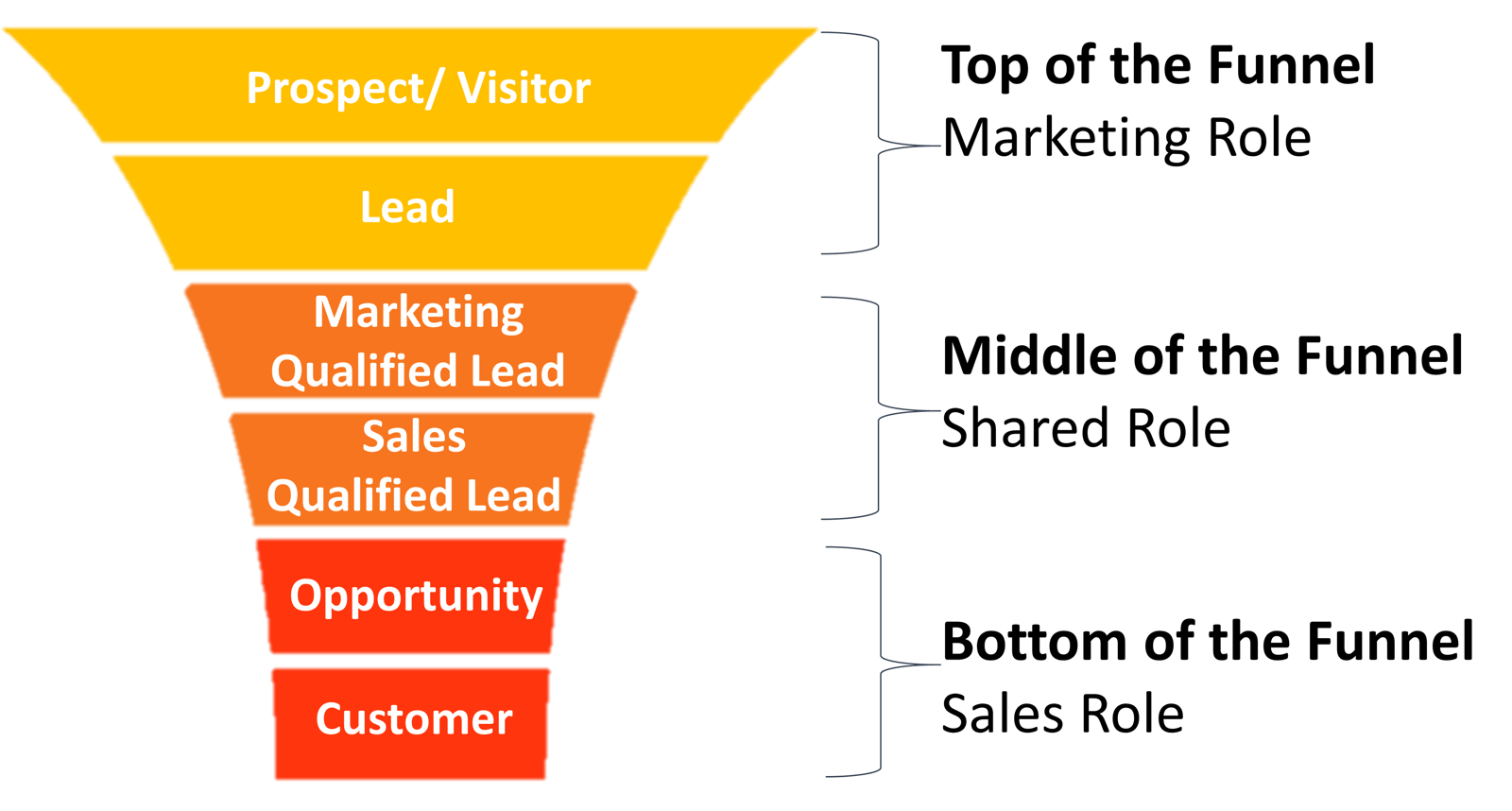Subscribe to ur Blog

The Case for Sales and Marketing Alignment ROI
Izzy
Usually, sales and marketing teams lack alignment. That is, they tend not to work side by side or under the same goals.
Sometimes, marketing professionals regret spending large amounts of time analyzing trends, profiling customers, and finding the right time to market a product or service. However, some complain they “set up the entire product package together, just for sales to mess it up in the final product pitch.”
Conversely, sales representatives regret that marketing analysts are “living in the clouds” while they were in charge of bringing money to the table on the sales floor and the ground.
This hardly helps conversion, let alone ROI.
Collaboration is key to succeeding. HubSpot, the leaders in Inbound Marketing, coined the term “Smarketing” as a “process of aligning the marketing and sales teams around common goals within a business or organization, to improve revenue.”
A successful team must be aligned around the same revenue goals to create cohesion around a common cause, especially in terms of:
- Working towards the same efforts or key performance indicators
- Engage through joint Service Level Agreements
- Integrate closed-loop reporting policies
- Reunite sales and marketing teams in weekly communications
However, alignment is not only good for teamwork. It has proven to increase lead generation, conversion rates, and revenue by improving the quality of information, making both areas do more efficient and cost-effective work.
- Only 25% of leads are legitimate and should advance to sales (Gleanster Research).
- 46% of marketers with mature lead management processes have sales teams that follow up on more than 75% of marketing-generated leads (Forrester Research).
- 25% of marketers who adopt mature lead management processes report that sales teams contact prospects within one day. Conversely, only 10% of marketers report the same follow-up time without mature lead management processes (Forrester Research).
Hence, communication to provide valuable leads is essential.
For that reason, HubSpot has added sales to the mix to revise this entire lifecycle, including a new Inbound Sales Certification. Their research found that salespeople have difficulty with information about leads and manual data entry, impending conversion.
👉 Related post: What is The Buyer's Journey and How to Use it in Your Marketing
Nowadays, for instance, leading marketers are involved in the sales software decision-making process, and SLAs between Marketing and Sales yield more ROI, more budget, and more headcount.
According to the HubSpot State of Inbound, marketers involved with sales software selection were 13% more likely to see a positive ROI and 11% more likely to receive an increased budget.

Source: Hubspot State of Inbound 2015
However, sales representatives are still lagging. “To regain credibility among executives, salespeople should arm themselves with content and become active on social networks,” the report states, calling for the area to arm itself in collaboration with marketing, such as becoming involved with the buyer persona.
👉 Related post: What is a Buyer Persona and How to Create One
Prospecting, for instance, is one of the most sensitive parts of the sales process. This can help with marketing intelligence collaboration.

Source: Hubspot State of Inbound 2015
For this reason, HubSpot recently launched a free Inbound Sales Certification. One of its most important mottos:
"Inbound salespeople listen to the market to identify the buyers that are active in the buyer’s journey."
The marketing and Sales funnel have shared goals.
Although marketing is responsible for the top of the funnel, prospecting visitors and converting leads, and sales is in charge of the bottom of the funnel, seizing opportunities and turning them into customers, there is a middle part of the funnel whose works relies on collaboration and communication.

Source: HubSpot
Marketing and sales need to work together in qualifying leads back and forth. Then, with feedback in closed-loop reporting, companies increase the quality of leads for both marketing and sales.
A two-way communication, increases in close rates, and sales ROI sends potential – but not eager- customers back as marketing qualified leads and engaged leads forward into sales qualification.
- Marketing gets relevant contact info and status updates, getting feedback on which programs are working or not.
- Sales get de-duplicated contacts, prioritize their calls better, and get contacts more previously educated and engaged by marketing executives.
Remember: there is no joint marketing + sales strategy that can increase ROI unless there is collaboration.
What challenges do you face in aligning marketing and sales?
Related Reads
Master HubSpot tools & unleash a world of endless possibilities!
Unlock Your HubSpot Powerhouse: Contact Us to Transform Your Digital Journey!

Izzy
My name is Izzy and I am a co-founder of CRM Toolbox, an award-winning HubSpot Solutions Partner. I lead our team of consultants who provide professional guidance to help businesses implement the HubSpot CRM platform migrate, integrate their tech stack to HubSpot to create a seamless environment for sales reps to use. There is nothing I love more than solving the challenges that come up when someone wants to migrate an old system or integrate their tech stack with HubSpot - it's like a puzzle!
Subscribe to our blog
The best information about inbound marketing, sales, guides and migrations.



